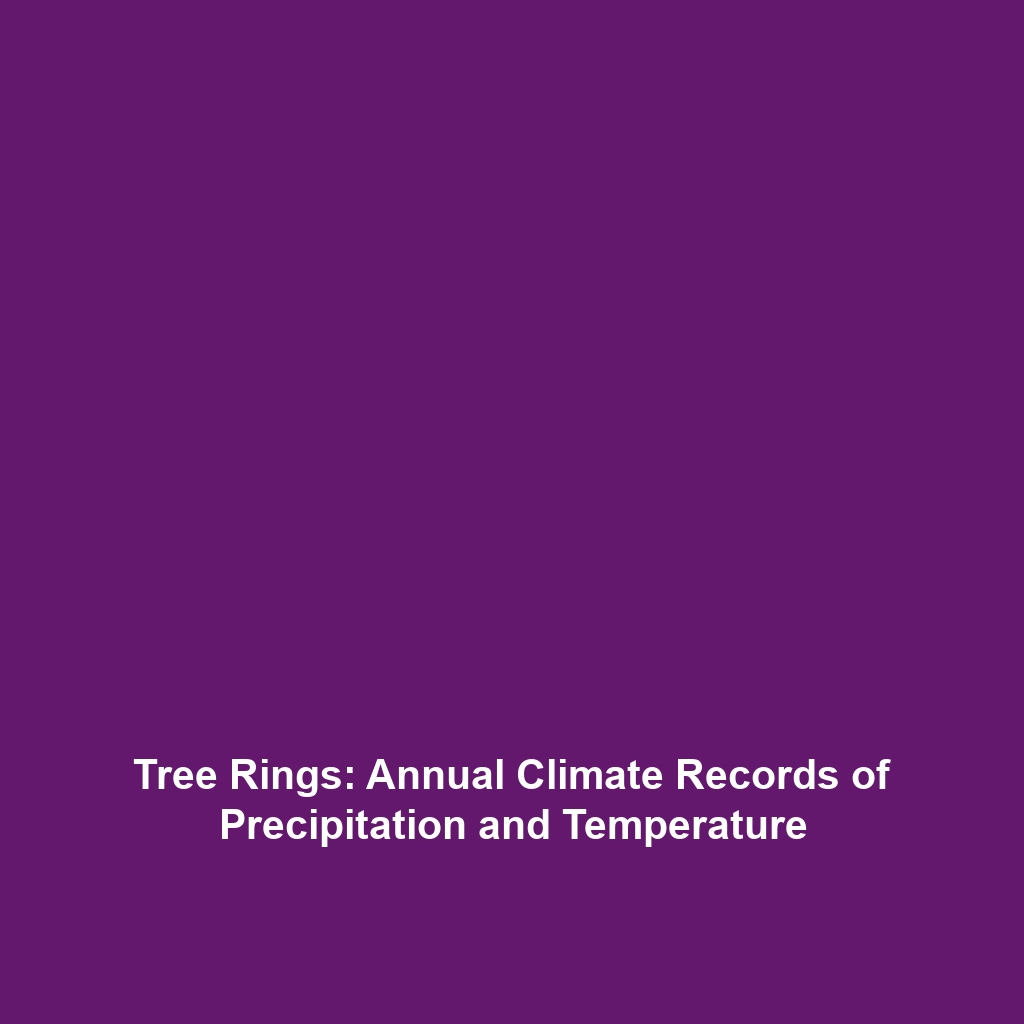What is Climate History?
Introduction
Climate history is the study of past climates, focusing on their variations and trends over time, and how these have shaped the Earth’s environment and human societies. Understanding climate history is crucial for addressing contemporary climate challenges, as it provides insights into natural climate variability and the influence of anthropogenic activities. By examining ancient climate patterns, scientists can make more informed predictions about future climate scenarios. This article delves into the significance of climate history and its critical role in the broader field of climate science.
Key Concepts
1. Paleoclimatology
Paleoclimatology is the branch of climate history that studies ancient climates using evidence from tree rings, ice cores, sediment layers, and other natural records. This discipline reveals long-term climate changes and helps establish a context for current climate phenomena.
2. Climate Proxies
Climate proxies are natural recorders of climate variability. Examples include fossils, ice cores, and sediment composition. By analyzing these proxies, researchers can reconstruct historical climate conditions over thousands of years.
3. Human Impacts
The interaction between human activities and climate history is significant. Historical data help us to understand how civilizations adapted to climate changes, informing current strategies for mitigation and adaptation to current climatic shifts.
Applications and Real-World Uses
Understanding what climate history is extends beyond mere academic pursuit; it has critical applications in various fields:
- Policy Making: Insights from climate history help shape climatic policies that address global warming.
- Disaster Management: Historical data on climate extremes aid in preparing for future climate-related disasters.
- Agriculture: Understanding past climate conditions supports agricultural planning and resource management.
- Conservation Efforts: Climate history informs wildlife conservation strategies, adapting them to historical climate patterns.
Current Challenges
Despite its significance, the study of climate history faces several challenges:
- Data Limitations: Availability and accuracy of historical climate data can be inconsistent, complicating interpretations.
- Technological Barriers: Advanced technologies are often required to analyze complex climate records, which may not always be accessible.
- Interdisciplinary Integration: Effective collaboration across different scientific disciplines is essential yet difficult to achieve.
Future Research and Innovations
Future research in climate history is focused on integrating new technologies and methodologies to enhance our understanding of past climates:
- AI and Machine Learning: These technologies are being employed to analyze vast datasets of climate proxies, offering richer insights.
- Improved Climate Models: Enhanced modeling techniques are being developed, incorporating historical data to predict future trends more accurately.
- Citizen Science: Engaging communities in data collection can augment historical climate records and broaden the study base.
Conclusion
In summary, climate history is an essential field that informs us about past climate variations, their implications for present and future climates, and how human activities have influenced these changes. As we move forward, integrating ongoing research and technological advancements will bolster our understanding of climate dynamics. For more information on related topics, consider reading about Paleoclimatology and its role in understanding climate changes.







